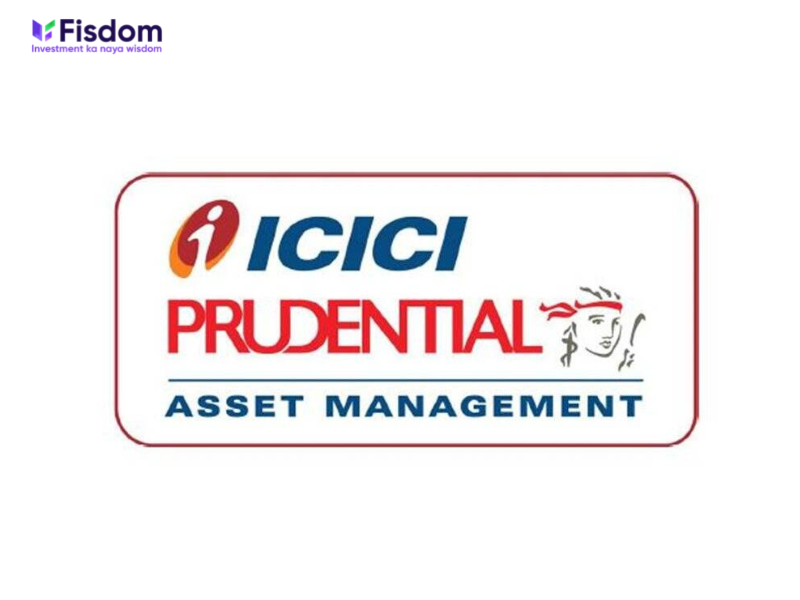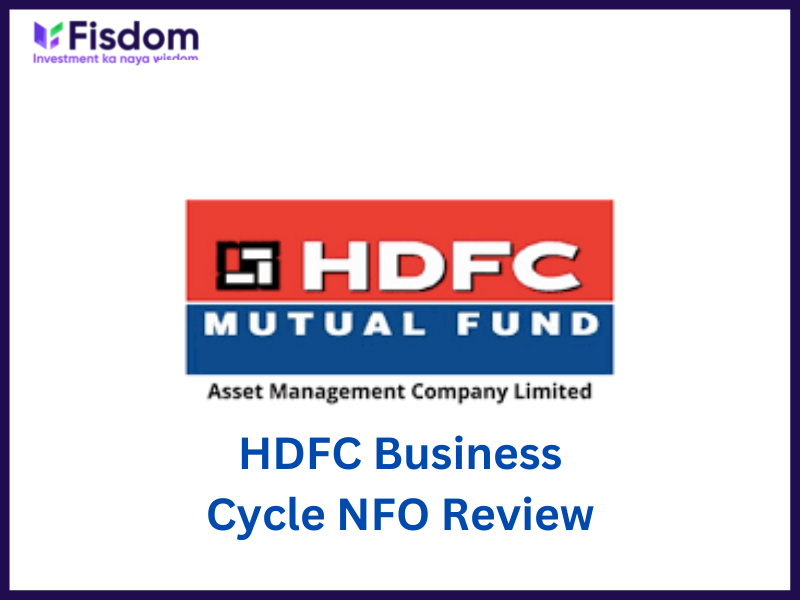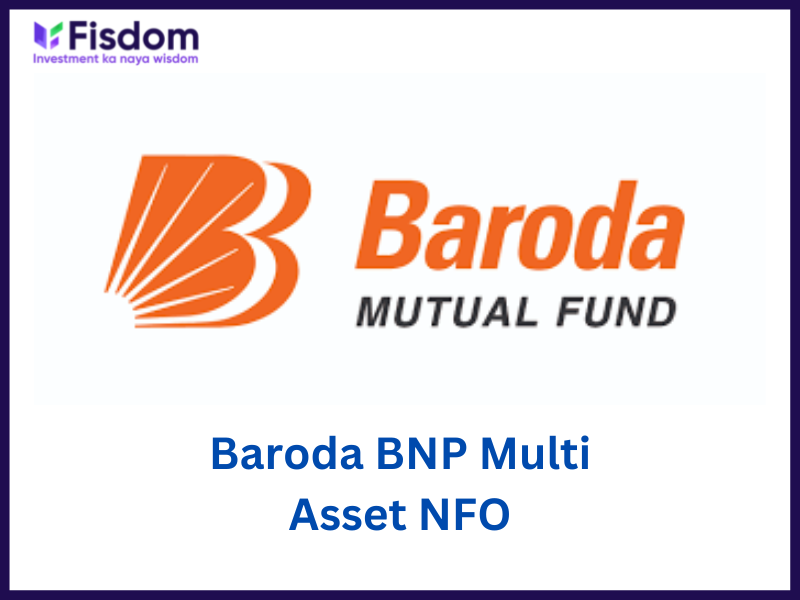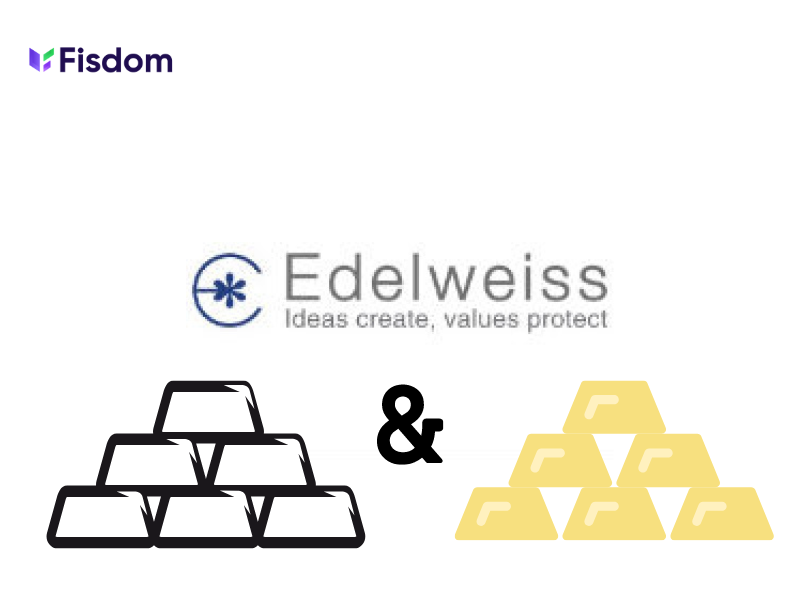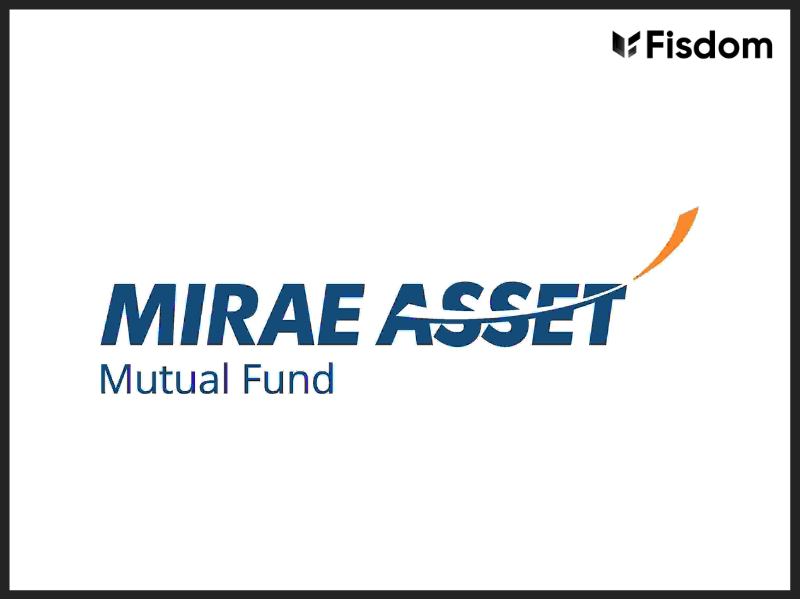
Introduction
Mirae Asset Mutual Fund has launched an NFO in the balanced hybrid fund category. The benchmark of this fund is the Nifty 50 Hybrid Composite Debt 50:50 Index. The NFO will open on 21st July 2022 and 3rd August 2022. The scheme will again reopen on 12th August 2022 for continuous sale and purchase of units.
Investment objective
The investment objective of this fund is to generate maximum returns by investing in equity and equity-related instruments and to balance the exposure by investing in debt and debt-related instruments, money market instruments, and derivatives. The fund, however, does not guarantee the returns from the fund or the achievement of the underlying objective.
Reasons to invest in this NFO
This fund belongs to the balanced hybrid fund category and therefore has the benefits of investment in equity and other asset classes. The key reasons to invest in this fund are stated below.
- Diversified portfolio
This fund will provide the investors with an inherent benefit of investing in different asset classes and thereby having a diversified portfolio. This will help them get benefits from all the diverse asset classes and tap into the returns from each category as well as get exposure to them at nominal costs
- Fund manager expertise
The fund also belongs to the active investment fund category which implies that the fund manager will be the captain of the ship. Investors will benefit from the experience and the expertise of the fund manager and the investment model of the fund that will ensure quality assets in the portfolio that help in maximizing returns for the investors.
- Reduced risk
The equity exposure of the fund is balanced with the exposure to other instruments belonging to the debt markets, money markets, and derivative markets. The balanced approach of the fund will spread the ultimate risk and thereby help in generating higher net returns.
- Review of asset allocation based on PE and PB ratios
The internal model of the fund is to review the asset allocation of the fund based on the Price to Earnings (PE) ratio and the Price to Book (PB) ratio of the Nifty 50 index and the security. These parameters will be compared to the long-term historical parameters of the asset to arrive at a composite score based on the internal model of the fund. This will enable the fund manager to select the prime assets in the portfolio that can meet the fund objective.
Performance of benchmark
Given below is a brief outlook of the performance of the fund benchmark against other indices in terms of CAGR as on 31st May 2022.
| Period | Nifty 50 Hybrid Composite Debt 50:50 Index | Nifty 50 Hybrid Composite Debt 15:85 Index | Nifty 50 Hybrid Composite Debt 65:35 Index |
| 1-Year | 4.65% | 2.23% | 5.65% |
| 3-Year | 10.80% | 8.23% | 11.66% |
| 5-Year | 10.40% | 7.91% | 11.30% |
| Since Inception | 10.33% | 8.68% | 10.87% |
Fund details
The key details of the fund are tabled below.
| Scheme name | Mirae Asset Balanced Advantage Fund |
| Type of Scheme | An open-ended scheme belonging to the dynamic asset allocation fund category |
| Category of the scheme | Balanced hybrid fund |
| Benchmark | Nifty 50 Hybrid Composite Debt 50:50 Index |
| Plan and options | Plans – Regular Plan and Direct PlanOptions – Growth option and IDCW (Pay-out and reinvestment option) |
| Fund Manager | Mr. Harshad Borawake and Mr. MAhendra Kumar Jajoo |
| Exit Load | 1% of NAV up to 365 days (NIL after 365 days) |
| Minimum Investment | Lumpsum Mode – Minimum Rs. 5,000 and in multiples of Re. 1/- thereafterSIP Mode – Minimum Rs. 1,000 |
| NFO Period | 21st July 2022 – 3rd August 2022 |
How to invest in Mirae Asset Balanced Advantage Fund?
Investors can invest in this fund through the Fisdom website by using the following link.
https://fisdom.onelink.me/VCH6/3tm9pyvn
FAQs
NFO (New Fund Offer) is launched by the Asset Management Companies (AMCs) to generate funds for launching a new mutual fund. These funds are then pooled to buy the shares or other securities as per the fund’s mandate or the guidelines based on which the fund is launched. NFOs are like IPOs where all the relevant details of the funds are provided at the time of their launch and the units of the fund are usually set at Rs. 10 per unit for a subscription. SEBI guidelines allow the NFOs to be active for a maximum period of 30 days following which the units of the fund are traded based on their daily NAV.
NFOs, at the time of their launch, are launched in two categories namely close-ended funds and open-ended funds. The details of each type of fund are mentioned below.
Open-ended funds
The majority of mutual funds are launched as open-ended funds. Investors can subscribe to the fund at the nominal rate (usually Rs. 10 per unit) during the NFO period. After the NFO period, when the units are traded based on the daily NAV, the investors stand to gain huge capital gains depending on the performance of the fund.
Close-ended funds
Close-ended funds, on the other hand, do not allow the investors to subscribe to the fund after the NFO period is closed.
Investing in NFOs is a very good opportunity to maximize the returns as the units can be subscribed at nominal rates and the returns are potentially higher based on the prevailing NAV at the time of redemption. However, there are several points that need to be considered while subscribing to an NFO. Some of such points are highlighted below.
a)Track record of the AMC
NFOs are offered for the new mutual fund so no proven track record can be reviewed by investors to make an informed investment decision. The investors have to therefore rely on the reputation of the AMC and other details mentioned in the NFO to make an investment decision.
b)Expense ratio (if mentioned)
NFOs need a good amount of publicity to make the investors aware of the fund and the investment opportunity. It is therefore essential for the investors to check the expense ratio of the fund and ensure that it does not outweigh the net gains.
c)Check if the fund is in correlation to the existing portfolio
Recently there have been many NFOs in the market that investors can choose from. However, while selecting the fund the investors must check if the fund is not similar to an existing fund in their portfolio. For example, if the fund is a large-cap fund and the investor already has one or two similar funds in their portfolio, investing in another will not add much value to the net returns or the diversification of the portfolio. On the other hand, many NFOs can be sector-specific or country-specific. In such a case, investors have to check if the fund is in line with other factors like their risk-return profile and investment goals.
d)Review the SID carefully
Reviewing the SID (Scheme Information Document) is a crucial step that should not be missed by investors while investing in NFOs. It contains all the relevant information about the fund managers, their qualifications, and experience which is crucial for the funds’ performance. Other relevant information includes the investment profile of the fund, target sectors or securities, benchmark index, asset allocation ratio, etc. This helps the investors understand the returns expectation of the fund as well as the target investments where the fund will invest the pooled funds. Investors having a risk-return profile in line with that of the fund can thus invest in such funds.
Investment in NFOs can be done through two main routes i.e., the online or offline modes. The details of the same are mentioned below.
a)Online mode
The online mode of investment is suitable for investors already having a Demat account and a trading account. Investors can simply select the NFO and invest by selecting the number of units to invest and paying for the same through online payment modes available on the platform.
b)Offline mode
The offline mode of investment in NFOs is through registered brokers and distributors. Investors can contact their brokers and distributors providing them with the details of the amount to be invested and they can invest in the selected NFOs on their behalf. Investors can make hassle-free investments through such modes as all the necessary forms to be filled and the formalities to be met are looked after by these entities giving investors the benefit of ease of investment. The charges for such services are nominal when compared to the potentially high returns.










